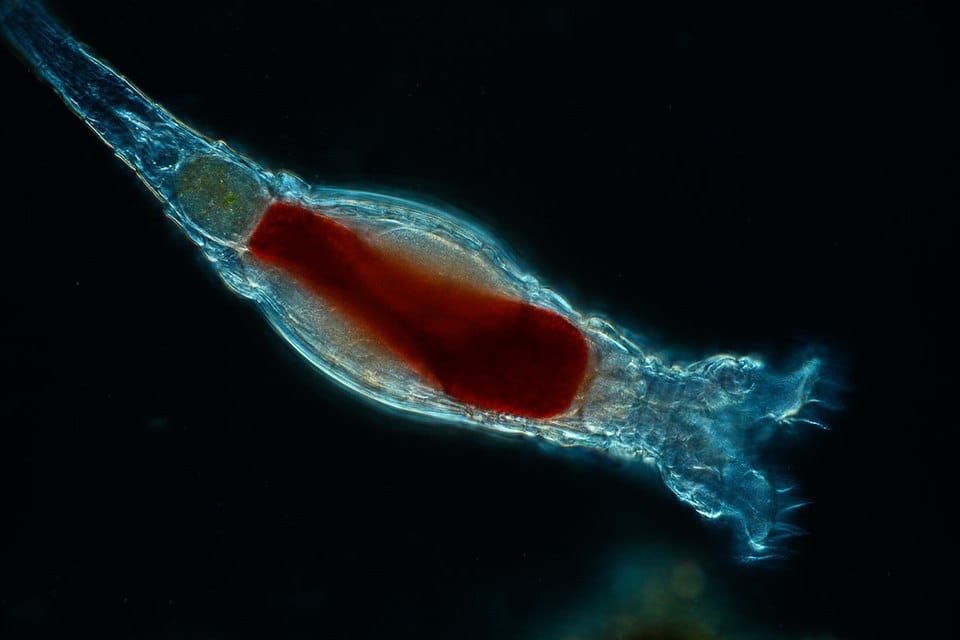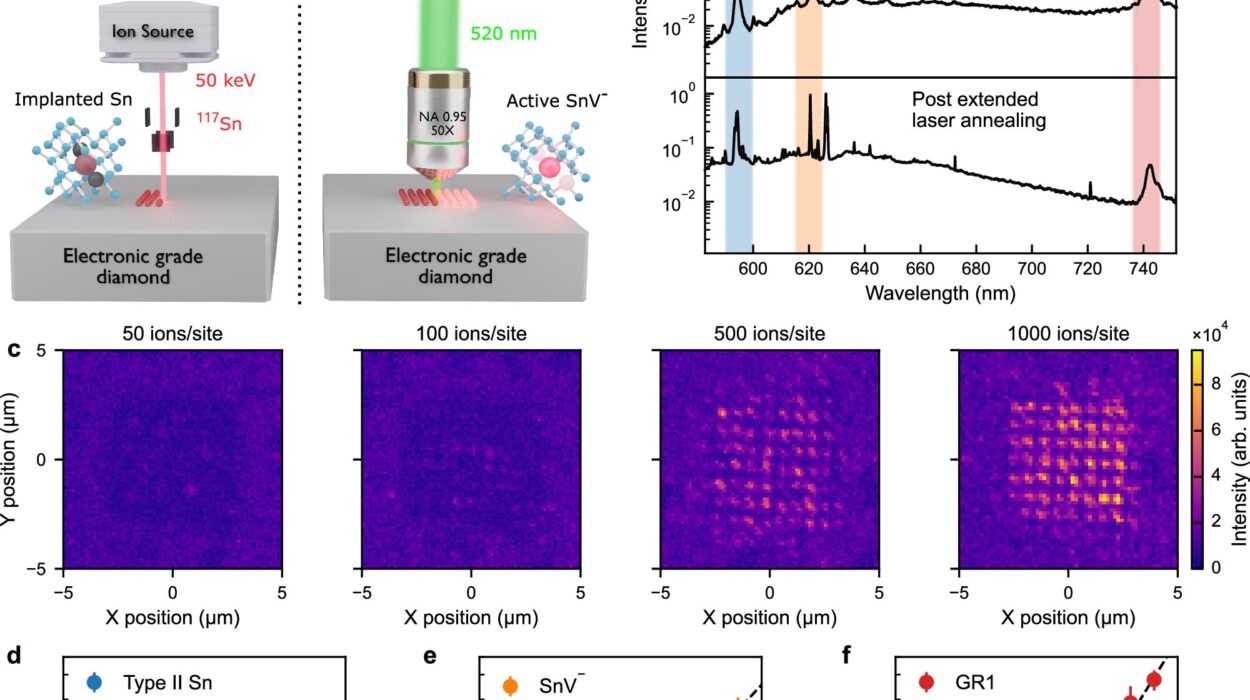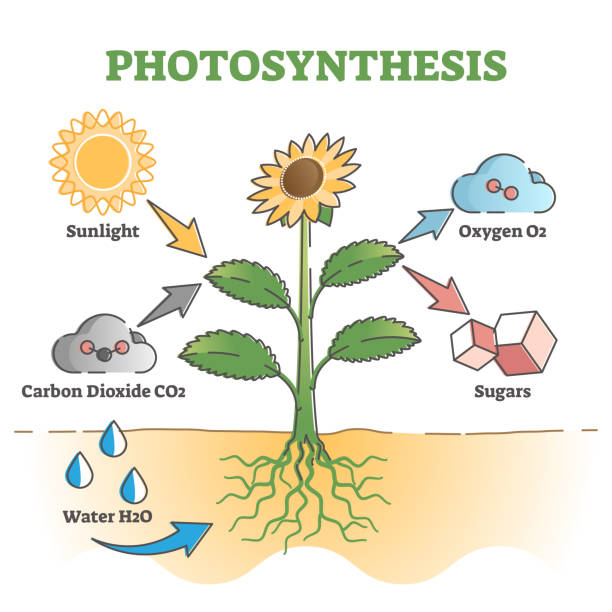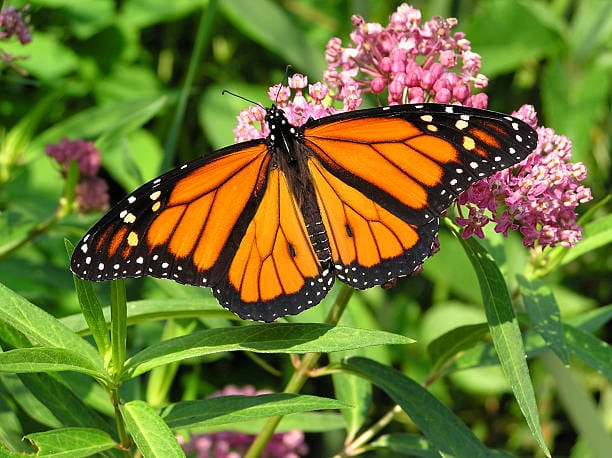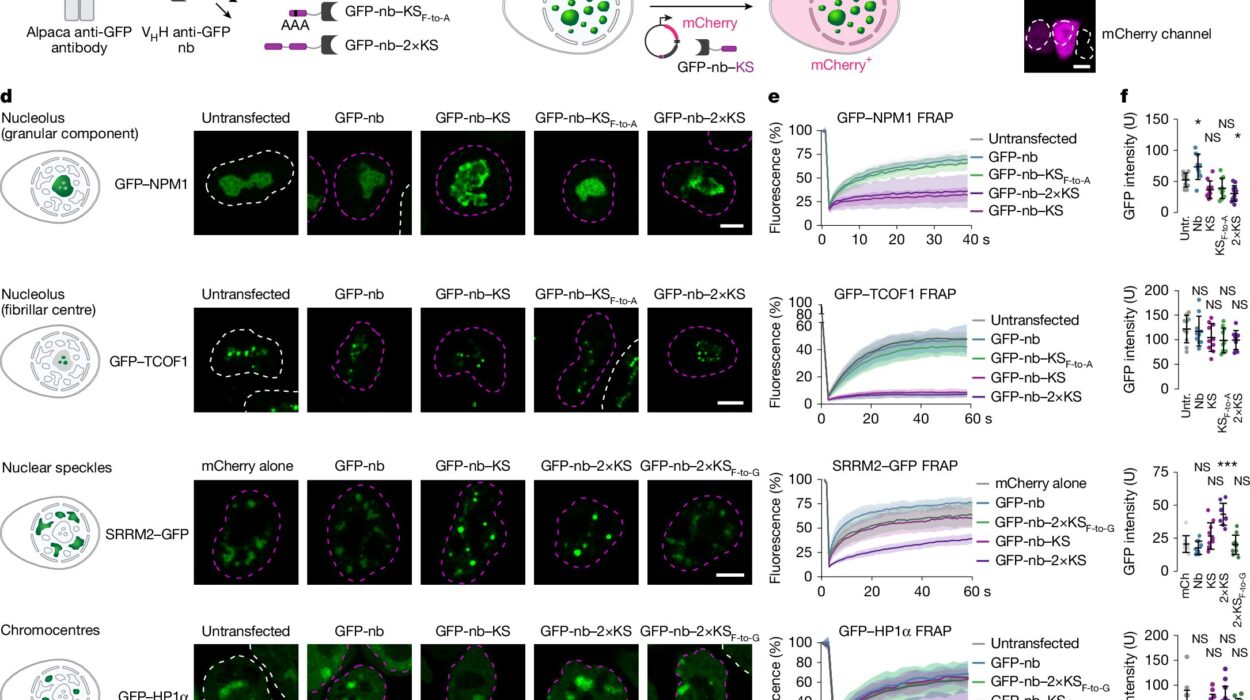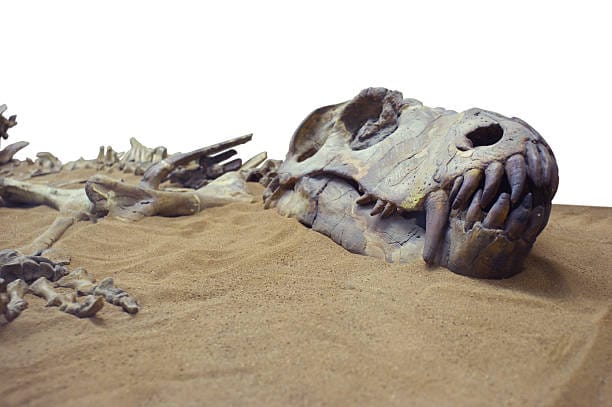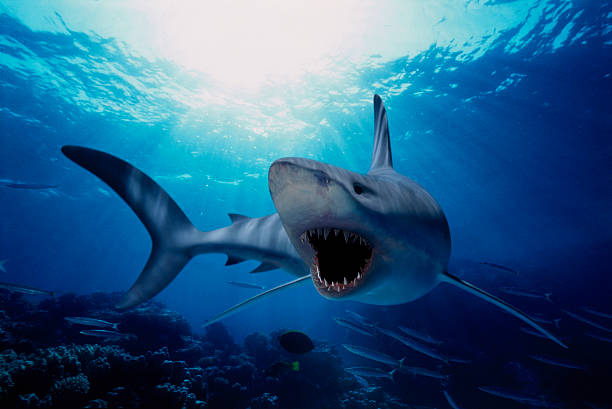In the grand theater of life, reproduction is the act that ensures the continuation of every species. For most animals, this involves the familiar drama of courtship, mating, and the fusion of sperm and egg. Sexual reproduction, with all its complexity and diversity, has long been celebrated as nature’s masterpiece. Yet, hidden in the quieter corners of the biosphere, an equally astonishing phenomenon unfolds: asexual reproduction.
In this ancient and enigmatic reproductive strategy, offspring are born without the union of two parents. Instead, one parent alone gives rise to genetically identical or nearly identical progeny. This isn’t the realm of science fiction—it is the daily reality for countless creatures, from simple hydras to complex reptiles. Why would nature, with all its intricacy, choose such a seemingly simplistic path?
This is not merely a story of biological mechanics—it is a tale of evolutionary innovation, survival, and the relentless creativity of life. To understand why some animals reproduce asexually, we must journey deep into the molecular heart of biology, across evolutionary timelines, and through the strange adaptations that allow life to flourish in every conceivable niche.
The Basics of Reproductive Biology
To grasp the significance of asexual reproduction, it is essential to understand what it means in contrast to sexual reproduction. In sexual reproduction, genetic material from two parents is combined through the fusion of gametes—sperm and egg—resulting in offspring that are genetically unique. This method introduces variation into populations, which is the raw material for natural selection and evolution.
Asexual reproduction, on the other hand, involves only one parent. The offspring are typically genetic clones, produced through cellular mechanisms such as mitosis rather than meiosis. There is no mixing of genes, no need for mates, and no energetic investment in finding partners. Yet, this simplicity is deceptive, for the biological systems that enable asexual reproduction are intricate and varied.
Animals that reproduce asexually employ a range of mechanisms: budding, fragmentation, parthenogenesis, fission, and more. These processes are not evolutionary leftovers—they are dynamic strategies honed by millions of years of survival in changing environments.
Evolution’s Quiet Strategy
Why would an organism forego the genetic advantages of sexual reproduction? The answer lies in evolutionary trade-offs. Asexual reproduction offers several immediate benefits, particularly in stable environments where rapid population growth and genetic consistency are advantageous.
First, there is speed. Asexual reproduction allows for the rapid production of offspring, sometimes in overwhelming numbers. A single organism can populate a new habitat without the need to find a mate, making this strategy ideal for colonizing new environments or recovering from population bottlenecks.
Second, it is energy efficient. Sexual reproduction involves considerable investment: developing specialized gametes, finding mates, and often engaging in complex courtship rituals. Asexual organisms bypass all of this, conserving energy for survival and reproduction.
Third, in environments that remain relatively unchanged, genetic stability can be an asset. If an organism is well-adapted to its surroundings, producing genetically identical offspring ensures that those favorable traits are preserved.
However, this strategy also comes with significant risks. The most serious is the lack of genetic diversity. In changing environments, or when faced with emerging diseases or predators, genetic variation is often the key to survival. A population of clones is more vulnerable to being wiped out by a single threat. Thus, asexual reproduction is not universally beneficial; it is context-dependent, thriving in certain ecological and evolutionary circumstances.
The Many Faces of Asexuality
Across the animal kingdom, asexual reproduction manifests in surprisingly diverse ways. In the simplest animals, such as sponges and hydras, it is often the default. These organisms reproduce by budding—small parts of their bodies grow into new individuals and break off, like branches from a tree. In flatworms and echinoderms, regeneration plays a key role, with animals splitting into parts that regrow into complete beings.
Among more complex animals, the most fascinating method is parthenogenesis, a process in which an unfertilized egg develops into a new individual. This phenomenon occurs in insects like aphids and wasps, crustaceans like water fleas, and reptiles like certain species of geckos and snakes. Some species alternate between sexual and asexual reproduction, using one method in favorable conditions and the other when survival demands it.
In the microscopic world, rotifers present a captivating case. Bdelloid rotifers are small aquatic animals that have not engaged in sexual reproduction for tens of millions of years. Yet, they have diversified into hundreds of species and inhabit a wide range of environments. They possess unique mechanisms, such as horizontal gene transfer, that compensate for their lack of sexual mixing and contribute to their remarkable resilience.
Parthenogenesis in Action
Perhaps the most dramatic example of asexual reproduction in animals is parthenogenesis, which literally means “virgin birth.” This process allows females to produce viable offspring without any genetic contribution from males. There are different forms of parthenogenesis, including obligate and facultative varieties.
Obligate parthenogenesis occurs in species that reproduce only asexually. An example is the New Mexico whiptail lizard (Aspidoscelis neomexicana), an all-female species that lays eggs without fertilization. These lizards perform mating-like behaviors with each other, which may help stimulate ovulation, even though no sperm is involved.
Facultative parthenogenesis is more surprising—it occurs in animals that usually reproduce sexually but can switch to asexual reproduction in the absence of males. This has been documented in sharks, komodo dragons, and some birds. In captive environments where males are absent, females have been known to produce offspring through this rare mechanism, a remarkable testament to nature’s adaptability.
The evolutionary implications of parthenogenesis are complex. In some cases, it allows species to survive in harsh or isolated conditions. But over the long term, a lack of genetic recombination can lead to the accumulation of deleterious mutations. This process, known as Muller’s ratchet, can eventually reduce the fitness of a population. Still, some parthenogenetic species appear to thrive indefinitely, challenging our understanding of what is evolutionarily sustainable.
Genetics Behind the Miracle
The cellular and genetic mechanisms behind asexual reproduction are as varied as the animals that use them. In simple asexual reproduction, cells divide by mitosis, producing clones with identical genetic material. But in parthenogenesis, the process is more nuanced.
In many cases, parthenogenetic reproduction involves an altered form of meiosis—the cell division that typically produces gametes with half the genetic material. Some species use automixis, a mechanism where the egg fuses with a polar body (a byproduct of meiosis), effectively restoring the full chromosome number. Others bypass meiosis entirely through apomixis, producing eggs via mitosis.
These processes can preserve or slightly shuffle the mother’s genetic material, depending on the species. In some cases, occasional genetic recombination occurs, offering a trickle of diversity that helps counter the risks of genetic uniformity. The genes involved in regulating these processes are still being studied, but what is clear is that asexual reproduction is not a crude shortcut—it is a finely tuned adaptation.
The Ecological Stage
Ecology plays a critical role in shaping reproductive strategies. Asexual reproduction is especially common in environments where stability favors rapid, clonal reproduction. Aphids, for instance, reproduce asexually during spring and summer when conditions are ideal. As winter approaches, they switch to sexual reproduction, creating genetically diverse offspring better suited for survival in harsh conditions.
In desert and arid regions, where finding mates is difficult due to low population density, asexual reproduction can ensure continuity. In isolated islands, where colonization may begin with a single female, the ability to reproduce without males allows for the establishment of new populations.
In the ocean’s depths and the microscopic film of water in mosses, organisms like rotifers and anemones thrive without sexual reproduction. In these niches, asexuality is not a disadvantage—it is a masterstroke of adaptation.
Ancient Origins and Evolutionary Paradoxes
Asexual reproduction is not a modern invention. It likely predates sexual reproduction by billions of years. In single-celled organisms like bacteria and archaea, asexual replication through binary fission has been the norm since life began. Yet in multicellular animals, sexual reproduction eventually became dominant, likely due to its ability to generate genetic diversity.
This raises one of the most enduring questions in evolutionary biology: if sexual reproduction is superior in terms of adaptability, why has asexual reproduction persisted?
The answer may lie in cycles of environmental stability and change. When conditions are favorable and stable, asexual reproduction is efficient and effective. When environments fluctuate or new challenges arise, sexual reproduction provides the variation necessary for rapid adaptation. Some organisms hedge their bets, switching between the two modes depending on circumstances.
There are also evolutionary innovations that allow some asexual species to avoid the pitfalls of genetic stagnation. Bdelloid rotifers, for example, engage in horizontal gene transfer, incorporating genetic material from other organisms—a trick more commonly associated with bacteria. These rotifers are also remarkably resistant to desiccation, and their DNA repair mechanisms may help counteract the accumulation of mutations.
The Future of Asexuality
In the age of biotechnology and synthetic biology, asexual reproduction is no longer limited to natural organisms. Cloning techniques, from Dolly the sheep to genetically modified animals, mimic the processes of asexual reproduction in the lab. Researchers are exploring parthenogenesis as a tool in conservation, particularly for endangered species with limited populations.
There are also ethical and ecological questions surrounding human interventions. Could parthenogenesis ever be viable in mammals, including humans? While the prospect is distant and fraught with challenges, studies in mice have shown that it is theoretically possible, though the resulting embryos often fail to develop properly.
Still, understanding natural asexual reproduction offers profound insights into genetics, development, and evolution. It challenges the notion that sex is the only—or even the best—path to survival. It underscores the richness of life’s strategies and the adaptability of organisms in the face of constraint.
Conclusion: One is Enough
Asexual reproduction is more than a biological curiosity—it is a testament to life’s ingenuity. It shows that evolution is not wedded to a single solution, but explores every possible path to survival. In a world where the odds are often stacked against continuity, asexual animals offer a quiet lesson in resilience.
They multiply without mates, persist without diversity, and thrive in niches too narrow or harsh for more complex reproductive schemes. Their simplicity is deceptive; their biology is rich with complexity and evolutionary wisdom.
In the silent birth of a lizard, the budding of a hydra, the fission of a flatworm, we see nature’s willingness to reinvent the rules. The next time you think of life, remember this: sometimes, one is enough.
